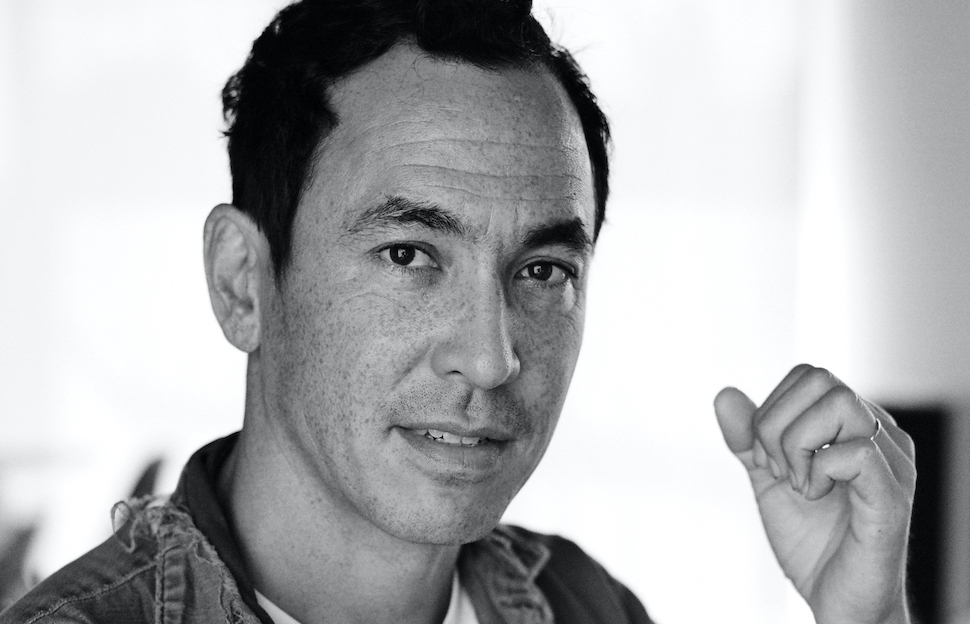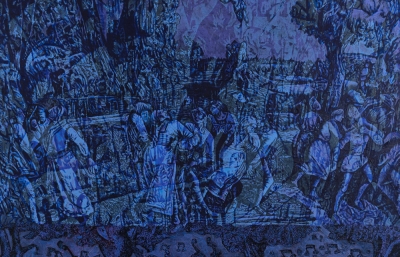Is that because you've developed a visual language where you can speak to different projects but not have to change it up? You clearly have an ability to possess this visual language that can exist through all the things that you do.
I was surprised when I went through the book, because the premium answer is sort of that I don't really know. I think it's hard for anyone to assess, “What do you do?” “Who do you do it for?” The book sort of goes, "Oh, it's one project." It's like there's a larger project, which is the building of language. So you build up this language that you can then apply. Do you write a poem? Do you write a list? Do you write an essay with this language? You're also sort of growing a language. “Oh, here's a new letter to the alphabet and here's a new word to describe this." But you're also relying on previous vocabulary. I think that may sound sort of conceited or something.
No, I think the question becomes, when did you feel comfortable talking about the fact that you had developed this language?
Right, I mean, I think it's over the past few years. For me to address these things, I think of how much I've talked about myself or thought aloud, but it's taken me a decade to understand exactly what I'm doing, to understand, “Oh, what is actually happening?” Because I'm just acting on instinct. And you start to think, “Well, why am I?” The answer to simple things, they're simple aspects. What projects do you choose? Why do you not have a staff? Why do you not have representation? There's all these sorts of questions that, through the years, I've sort of answered with, “I like to be independent.” At that point, you get to some real truths. That, to me, is more interesting, but also I'm a super nerd for my practice. I'm the most dedicated to my own.
I've been having this conversation a lot recently, especially when it comes to writing. You read something, a really beautiful phrase in a book or a line in a poem that really conveys an emotion that you're thinking about, and then consider how difficult it is to get from the head to the hands to express. You do that with art, but how do you differentiate if you nail it for Apple or if you nail it for a canvas? And is it different for you?
I think that the idea is that you don't have these two spheres, that there's this convergence of the work so that it starts to minimize this feeling of “work for projects, work in a gallery.” It sort of reveals what images do in our world. If we're all believers in images, then let's forget about the delivery system, let's get to what these images are doing. When someone gets something flashed to them from Apple, music of the day type of things, it's not the same as walking up to a painting.
But there is an aspect of it that's within any piece of work, that you can sort of embolden with sincerity or with something that goes beyond ideas. I think that's the interesting part, and I encourage that overlap. In creating this visual language and creating this type of work, part of it was like, "Well, what work can occupy both those zones?" That's the challenge.












